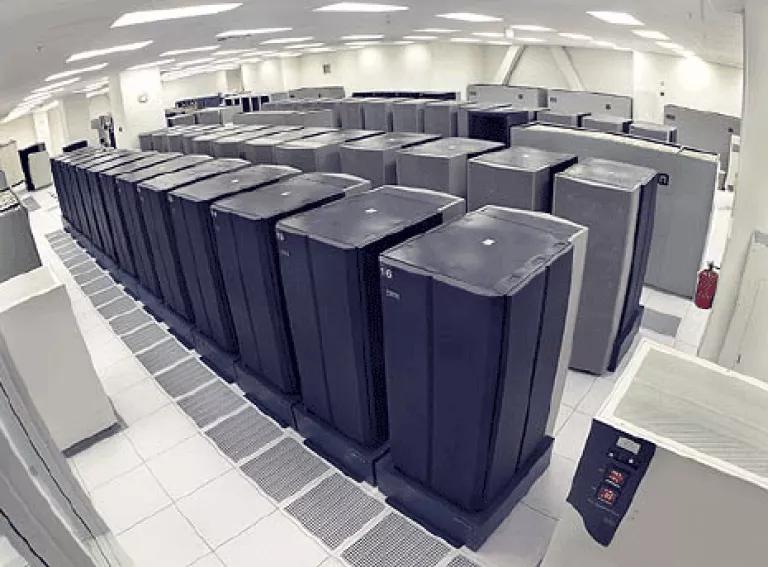DOE Shows Serious Commitment Toward Creating an Energy Efficient Information Technology Infrastructure

Secretary of Energy Stephen Chu announced today that the DOE has leveraged almost $70 million in private investment from $47 Million in ARRA program funding to improve the energy efficiency in information technology and communications ("ICT") sectors. I see this action by the DOE important for three reasons.
1. Our economy needs private business investments to pick up substantially in order to see a rapid and sustainable recovery . . . paraphrasing Paul Krugman, Nobel prize laureate in economics emphasized this need in his recent op-ed. This announcement of $47 Stimulus program funding leveraging $70 million in private investment exemplifies this necessary action to boost our economy.
2. "Shovel-ready". Is it just me, or does the analogy of shovels and high-tech data centers seem mis-aligned? Perhaps a better term for this rapidly evolving and growing industry ought to be "plug-'n-play-ready." The U.S. ICT infrastructure is growing and evolving very rapidly. According to DOE's release:
Information technology and telecommunications facilities account for approximately 120 billion kilowatt hours of electricity annually – or 3 percent of all U.S. electricity use. Moreover, rapid growth in the U.S. data center industry is projected to require two new large power plants per year just to keep pace with the expected demand growth. Without gains in efficiency, the industry would face increasing costs and greenhouse gas emissions, along with challenges to the reliability of the electricity service.
If a 2.8 million percent efficiency gain from the microprocessors -- the little engines that truly drive all of ICT -- can happen, then with the help of this DOE program, I am confident that the computing and data center industry can be equally as proficient in making efficiency improvements. Specifically, this program is aimed toward three specific areas where efficiency gains are greatest (and most cost effective):
- Equipment and Software – These projects will focus on the core components of a data or telecommunications center, such as servers and networking devices as well as software to optimize equipment energy use.
- Power Supply Chain – These projects will develop technologies to minimize the power loss and heat generation that occurs as electricity moves through the ever growing number of server-based IT and communications systems.
- Cooling – This effort will seek to demonstrate ways to cool the equipment used in IT and telecommunications work more effectively and with less power than current methods.

3. It's a step along the pathway of transforming our present day economy into a fluorishing clean energy economy. This program will drive projects that integrate upfront thinking about energy efficiency into the very design of our rapidly growing and evolving ICT infrastructure. Secretary Chu may have said it best,
“These Recovery Act projects will improve the efficiency of a strong and growing sector of the American economy. By reducing energy use and energy costs for the IT and telecommunications industries, this funding will help create jobs and ensure the sector remains competitive. The expected growth of these industries means that new technologies adopted today will yield benefits for many years to come.”




